Subtotal: ₹70.00
Asclepias Apollo Orange Seeds 15-20 seeds Imported
₹99.00
Out of stock
Email when stock available
SKU: AsclepiasApollo
Category: Summer Flower seeds
Asclepias Apollo New! Vibrant show of color, summer through frost.
Tall, vigorous plants do best in warm, relatively dry conditions. Vivid orange blooms with attractive, slender foliage. Use for cut flowers and garden beds. Attracts butterflies. Also known as milkweed, butterfly weed, blood flower, and sunset flower.
Without prolonged exposure to cold temperatures, your milkweed seed is unlikely to sprout.
In most areas, when you plant seeds outside in fall, seeds can go through the cold stratification process naturally. If you are planting seed outside, we suggest seeding in late fall so that Milkweed seeds can lay on the ground through winter. This will give your Milkweed seed a long winter of dormancy. Once the sun comes out and the ground is warm in the spring, the seeds will germinate on their own.
In warm zones without winter frost, or if you are starting your seeds in spring, you can cold-stratify seeds in your refridgerator!
- Start Seeds In Peat Pots – It’s time to plant the cold-stratified Milkweed seeds. Fill the peat pots three-quarters to the top with potting soil. Gently add water until soil is damp. Place 1-2 cold stratified seeds in each pot. Cover with 1/4 inch of soil on top of the seed.
- Water – Gently water the planted seed to give additional hydration. The best way to water is from the bottom up: Use a flat pan under the peat pots and add a half inch of water to the bottom of the tray. Don’t overwater, as it can cause fungus – you want the soil to feel like a wrung-out sponge – damp but not soggy. Water as needed. The best way to test the soil dampness is to touch it; if the soil seems dry then add water, but if it’s wet, wait for the soil to dry out before adding more water.
- Wait – Place in a sunny window, in a greenhouse, or under a grow light. Cold-stratified Milkweed seeds should germinate and sprout within 10-15 days after planting.
| Weight | 10 g |
|---|---|
| Color | Mix |
| Germination Level | Medium |
| Growth Pattern | Up right Straight |
| Ideal location | Full sun |
| Hybrid or Open Pollinated | Hybrid |
| Origin Country | USA |
Be the first to review “Asclepias Apollo Orange Seeds 15-20 seeds Imported” Cancel reply
You must be logged in to post a review.
Related products
Summer Flower seeds
Rated 5.00 out of 5
₹70.00
Summer Flower seeds
Rated 5.00 out of 5
₹59.00
Summer Flower seeds
Amaranthus Caudatus Love Lies Bleeding pack of 30 seeds Open Pollinated
Rated 5.00 out of 5
₹40.00
Summer Flower seeds
Kochia Seed Burning Bush pack of 40-50 seeds Open Pollinated
Rated 4.00 out of 5
₹40.00
Summer Flower seeds
Rated 5.00 out of 5
₹80.00

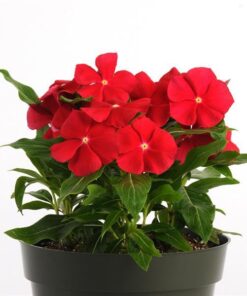 Vinca Red Really seeds pack of 30 seeds Imported
Vinca Red Really seeds pack of 30 seeds Imported 


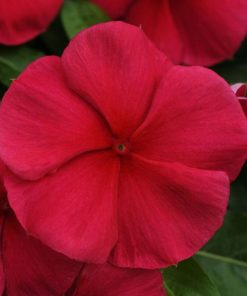
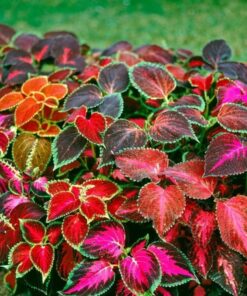
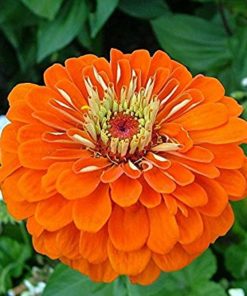

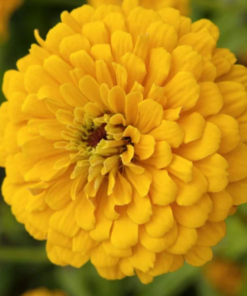

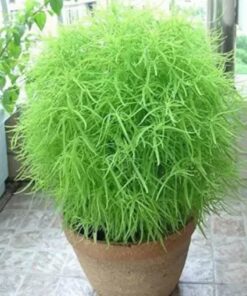

Reviews
There are no reviews yet.